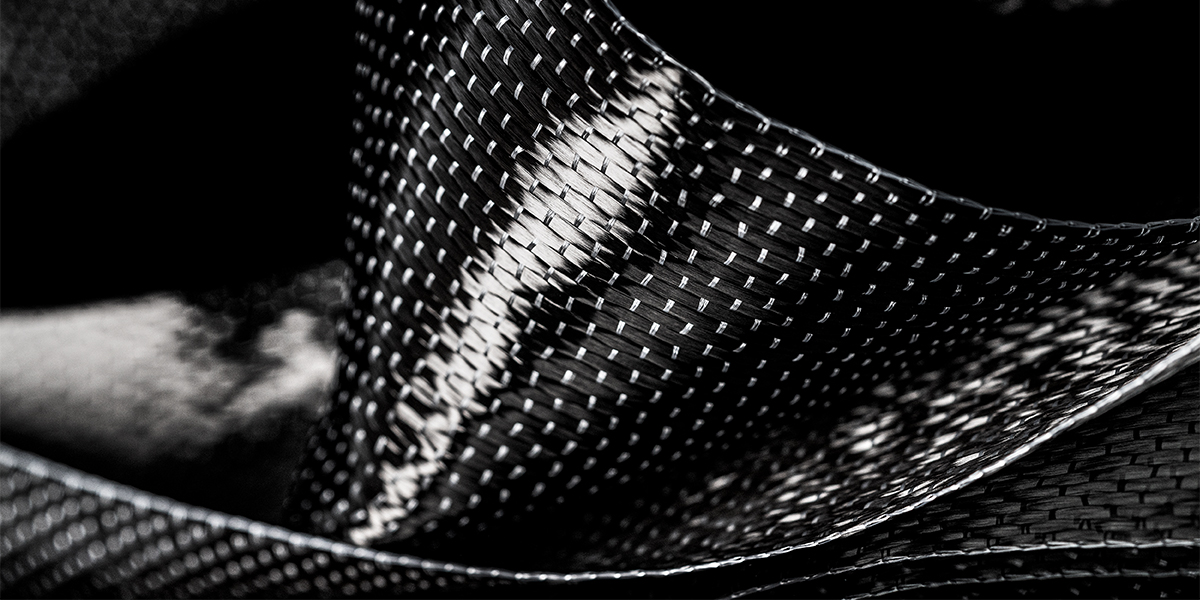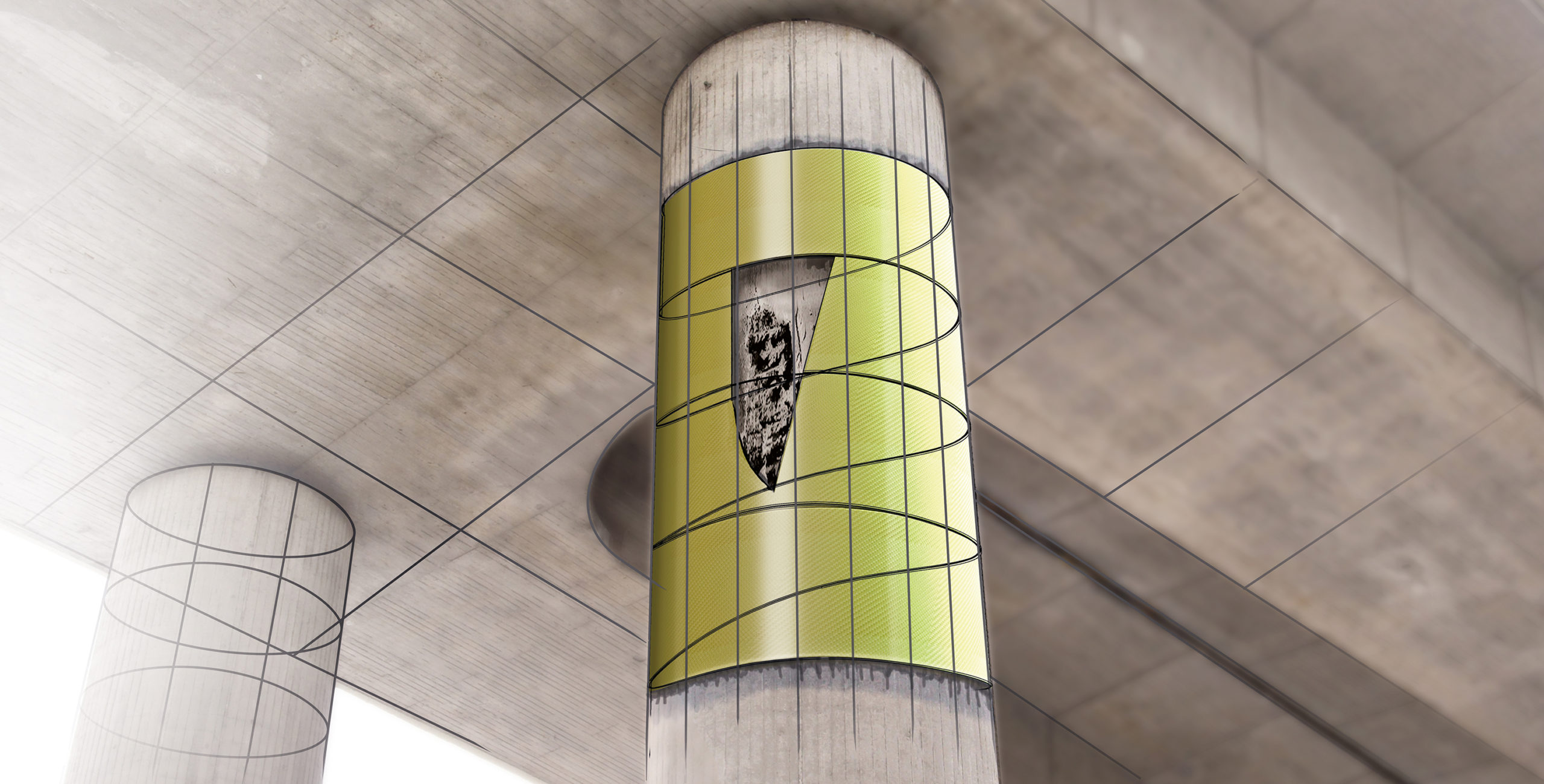
The lightweight construction material of the future
21.09.2021
Composite textiles by vombaur for innovations in architecture and the construction industry
Brick by brick or steel plus concrete – that’s still what many people think of when they hear the word building site. But today’s construction industry also uses completely different materials. Fibre-reinforced plastic, textile concrete, carbonised wood, membranes, nano-materials … New building materials open up completely new perspectives. In terms of engineering, design, and organisation.
In particular, building with fibre-reinforced materials offers virtually limitless possibilities. This is due, on the one hand, to the excellent properties of fibre-reinforced materials (FRM) and, on the other hand, to the fact that the material – unlike wood or brick, for example – is not machined or processed for its use, but custom-produced.
Excellent properties – in terms of engineering, design, and organisation
Fibre-composite materials offer a whole range of technical proprties for innovative and sustainable building:
In addition, fibre composites offer numerous design options for novel and exceptional new building and maintenance projects:
Thanks to these properties, composites can be used to produce coloured, phosphorescent, thermochromic or – through the use of LEDs or light-conducting fibres permanently integrated into the matrix – luminescent components.
 Low effort, low weight: Maintenance with fibre-reinforce materials
Low effort, low weight: Maintenance with fibre-reinforce materials
In addition, there are organisational benefits for planning, construction and maintenance work with fibre-reinforced materials:
ndividual composite textiles – for every lightweight engineering project
The perfect basis for fibre-reinforced building materials, with which new technical and architectural visions can be realised, is ensured by woven tapes and seamless round or shaped woven textiles by vombaur. The composites experts at vombaur develop and manufacture the fabrics from carbon, glass, flax or other high-performance fibres on special weaving lines for individually specified round and shaped woven textiles – and can therefore offer you the best possible fibre base for every lightweight construction project.
“Regardless of whether it’s a new construction or a renovation project, a facade design, a bridge or a staircase – as your development partner for composite textiles, we have plenty of experience with composites for demanding tasks,” emphasises Dr.-Ing. Sven Schöfer, Head of Development and Innovation at vombaur. “We develop, create samples and manufacture woven tapes and seamless round or shaped woven textiles – in collaboration with the customer enterprise development teams andindividually for the respective projects.” This is how novel and unique lightweight components made ofhigh-performance textiles are created for visionary projects.
Photos: vombaur

